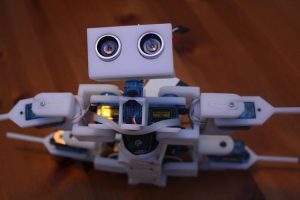
Have you heard of binder jet 3D printing? Also known as drop-on powder 3D printing, it’s a popular alternative to traditional 3D printing processes, including fused filament fabrication (FFF). Binder jet 3D printing is an additive manufacturing process that’s used in the manufacturing industry to produce prototypes as well as finished products. How does binder jet 3D printing work exactly?
The Basics of Binder Jet 3D Printing
Originally developed by a team of researchers at the Massachusetts Institute of Technology (MIT) in the 1990s, binder jet is a form of additive manufacturing that’s used to build objects from raw material with the use of a 3D printer. The 3D printer releases a liquid adhesive onto a bed of powder, essentially binding the powder together in that area.
How Binder Jet 3D Printing Works
Binder jet 3D printing builds objects by releasing liquid adhesive onto a bed of powder. The object model is first designed using computer software, after which the model file is sent to a 3D printer. The 3D printer will then build the object by “gluing” together powder particles.
During operation, the binder jet 3D printer will move over a bed of powder particles. It will then release liquid adhesive at specific areas over the bed. The liquid adhesive will bind the powder particles together, resulting in the production of the object. As the liquid adhesive hardens, it forms the object as specified in the model file. That’s essentially how binder jet 3D printing is able to build objects.
Binder Jet vs Traditional 3D Printing Processes
While all 3D printing processes are able to build objects with the use of a 3D printer, binder jet is distinguished by its use of liquid adhesive. Most other 3D printing processes build objects by depositing the material onto an otherwise empty bed. They use 3D printers that release material onto the bed. Normally, the material is heated within the 3D printer prior to being released. Binder jet is different because it uses 3D printers that release liquid adhesive rather than material.
With binder jet 3D printer, the print bed is filled with solid powder particles. The 3D printer then hovers over this bed, during which it releases liquid adhesive. The liquid adhesive causes the powder particles to bind together. The remaining unused powder can then be saved for future binder jet applications.
Do you have a prototype that has been stuck in your head? We can help get it out of your head and into your hands with our 3D printing portal.
